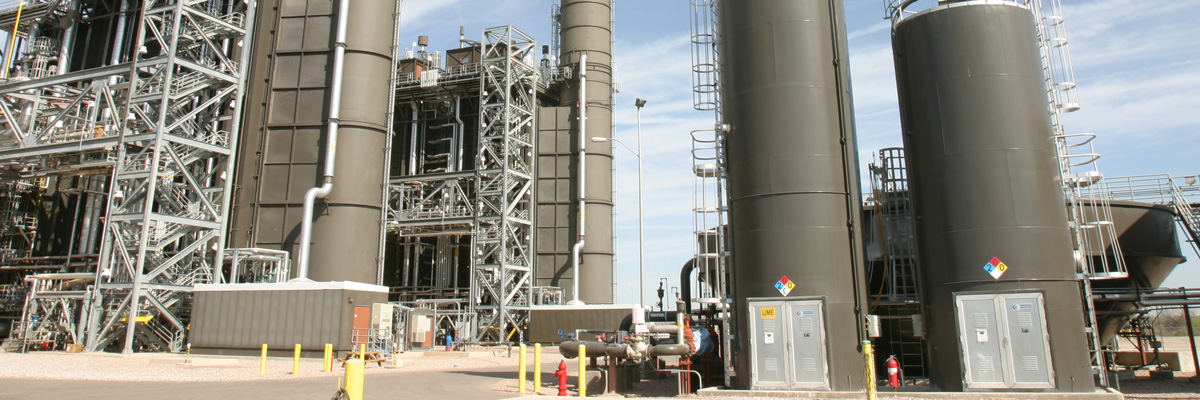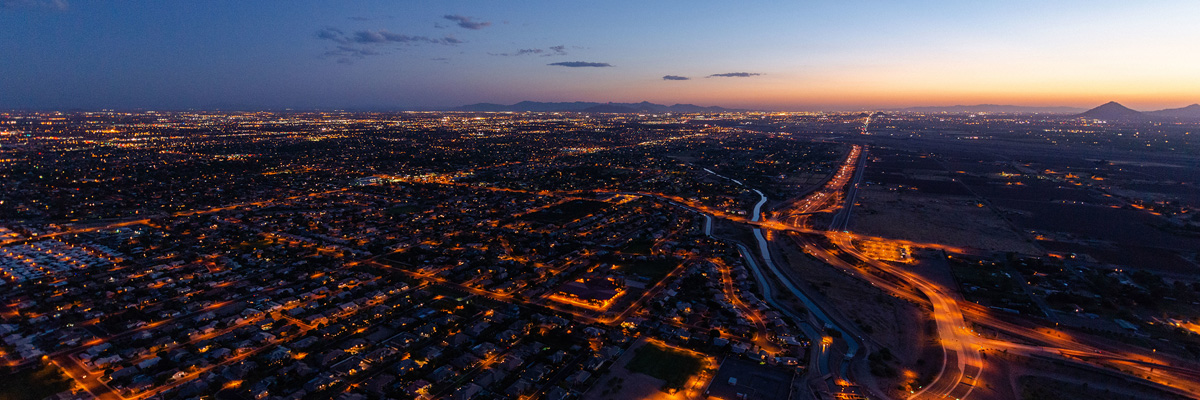
Honor-Pico 69 kV transmission project
SRP supports long-term economic development in the communities it serves by providing reliable power to its customers.
On this page:
Project need and benefit
To meet the growing energy demands within your community, SRP is planning to construct new infrastructure to enhance reliability for current customers and support new and expanding developments within this area. This project will integrate into the existing system which will bring greater reliability and reduce the probability of power disruptions, as well as support the economic growth anticipated for this region. Creating the expanded infrastructure now will make this area more appealing for new businesses and residential developers, all while providing reliable electricity to our existing customers.
The project consists of constructing a new 69 kV transmission line that will connect from the existing Honor Switchyard located near 36th Street and McDowell Road to the Pico Substation located near 52nd Street and McDowell Road. The transmission network of 69 kV power lines serves as the backbone of SRP’s neighborhood electrical system. These power lines interconnect local substations and switchyards (similar to a substation facility but without transformers), providing system redundancy and reliability. From these facilities, the 69 kV may be used directly or get converted down to 12 kV to provide power for homes, schools and businesses.
Construction timeline
- Construction: July 2025 – August 2025
- Energization: September 2025
Route selection process
SRP engineers considered a variety of factors in the route selection process including future electrical needs, safety, construction feasibility, maintainability and cost. The line route shown in the map below was selected after a line route study that considered multiple alternative routes.
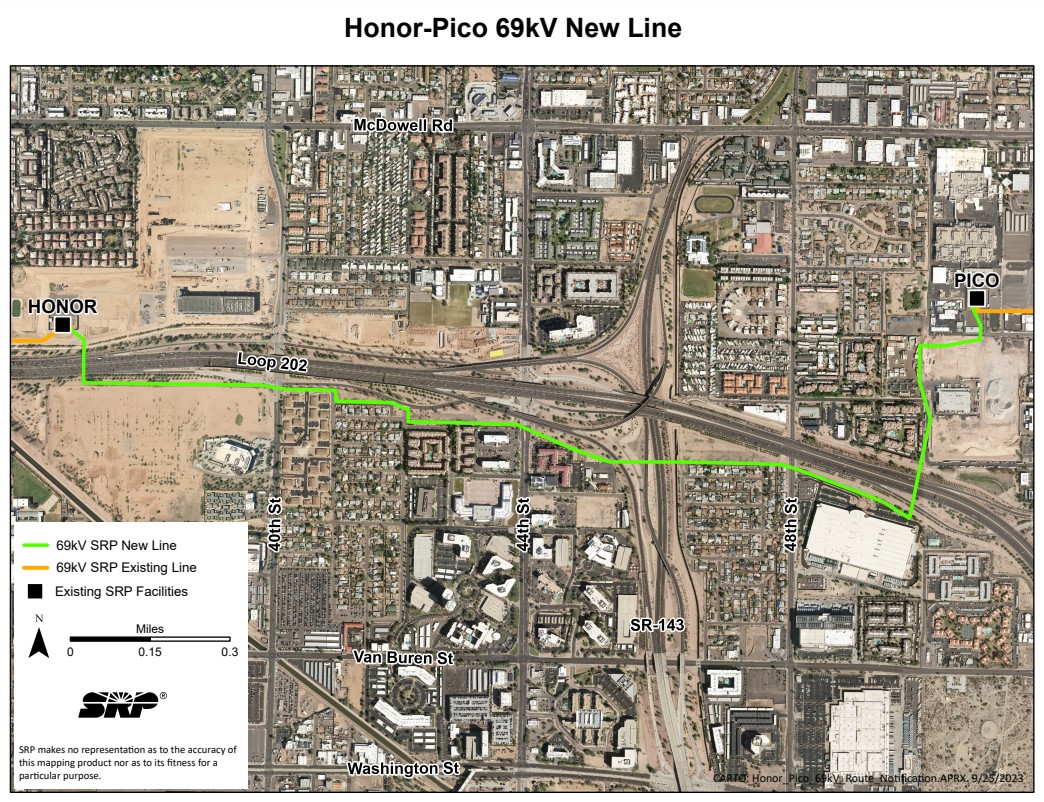
Pole structures
The typical 69kV pole is approximately 55 to 70 feet tall.
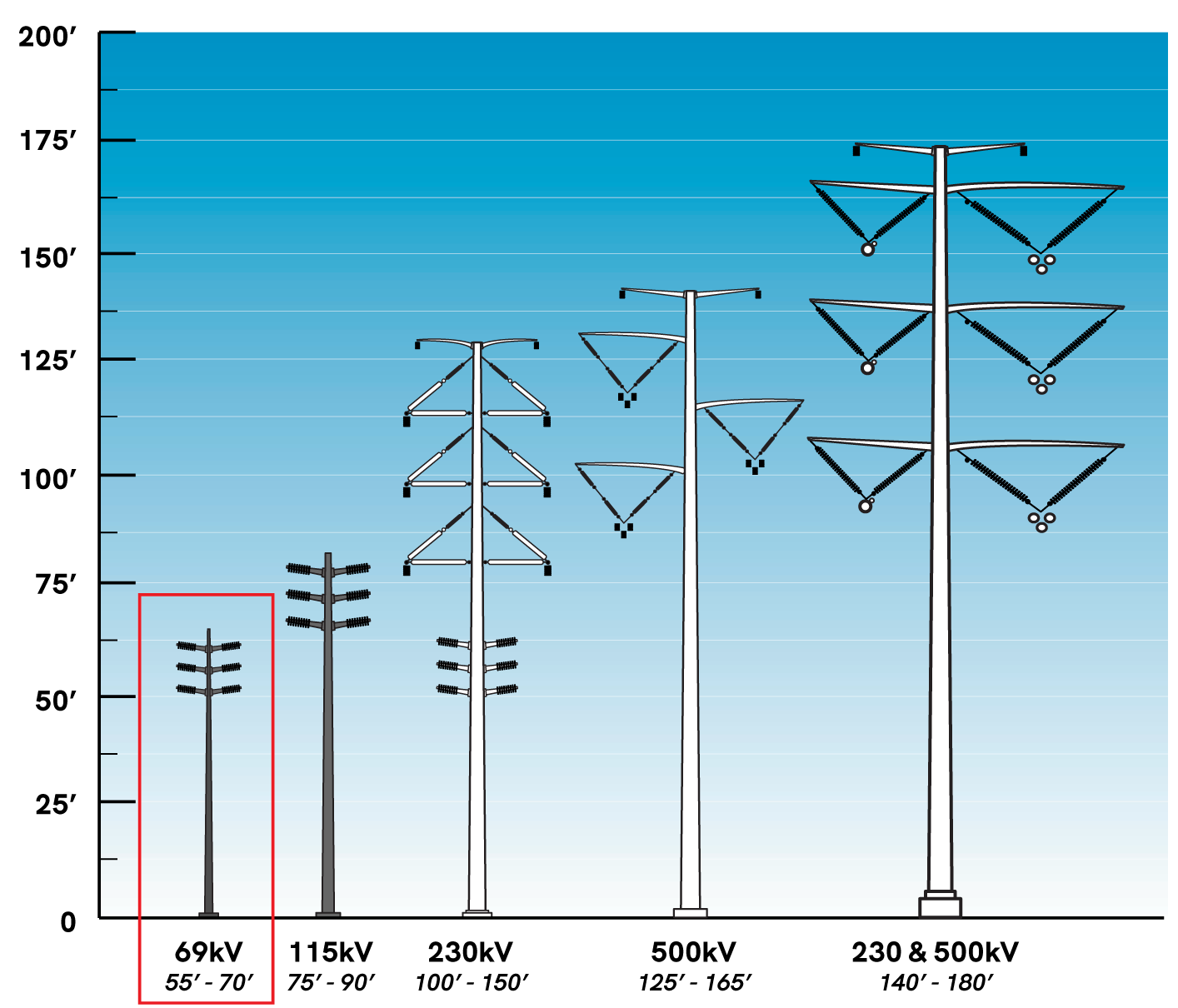
Below are types of poles you may see installed on this project. Click on an image to make larger.
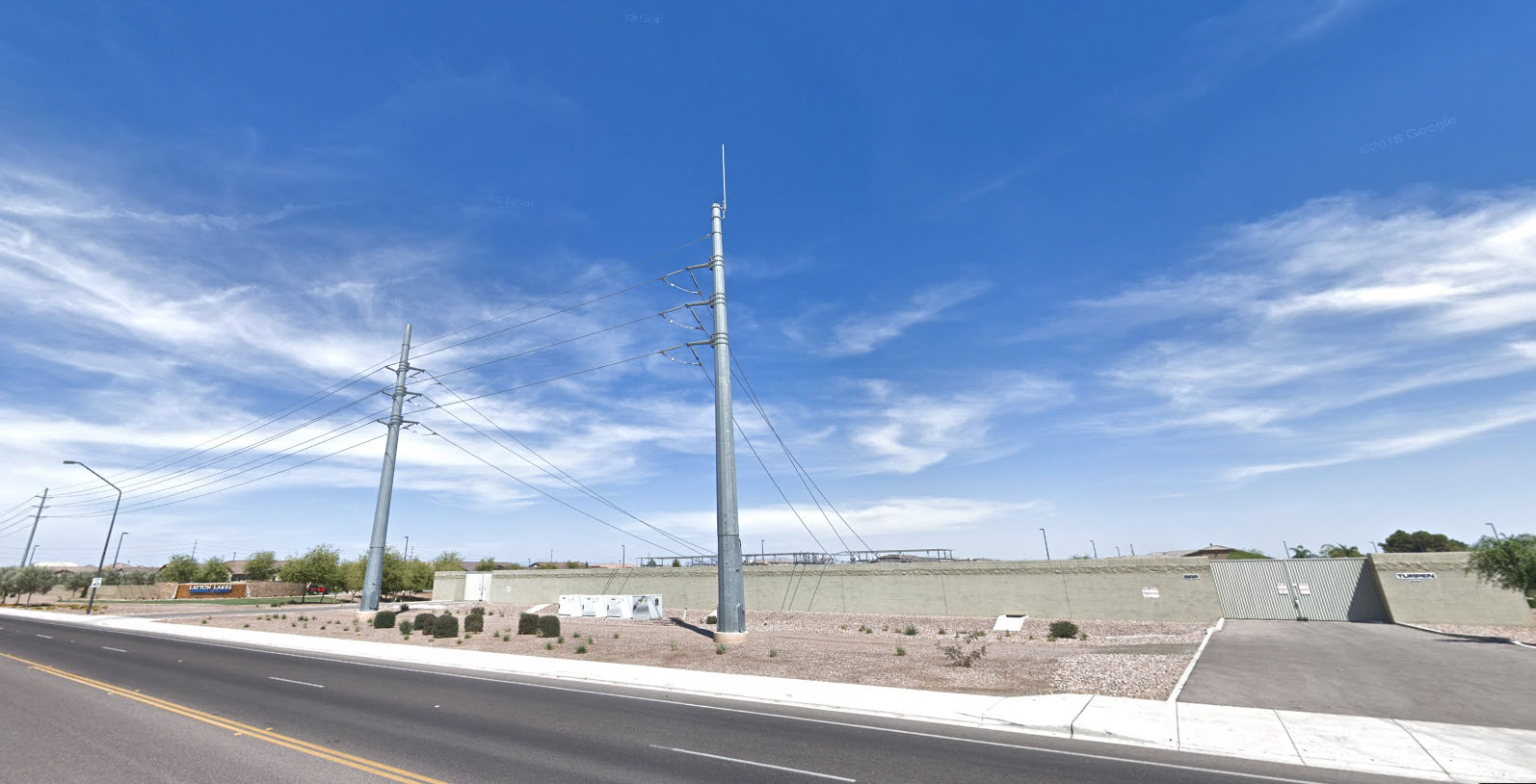
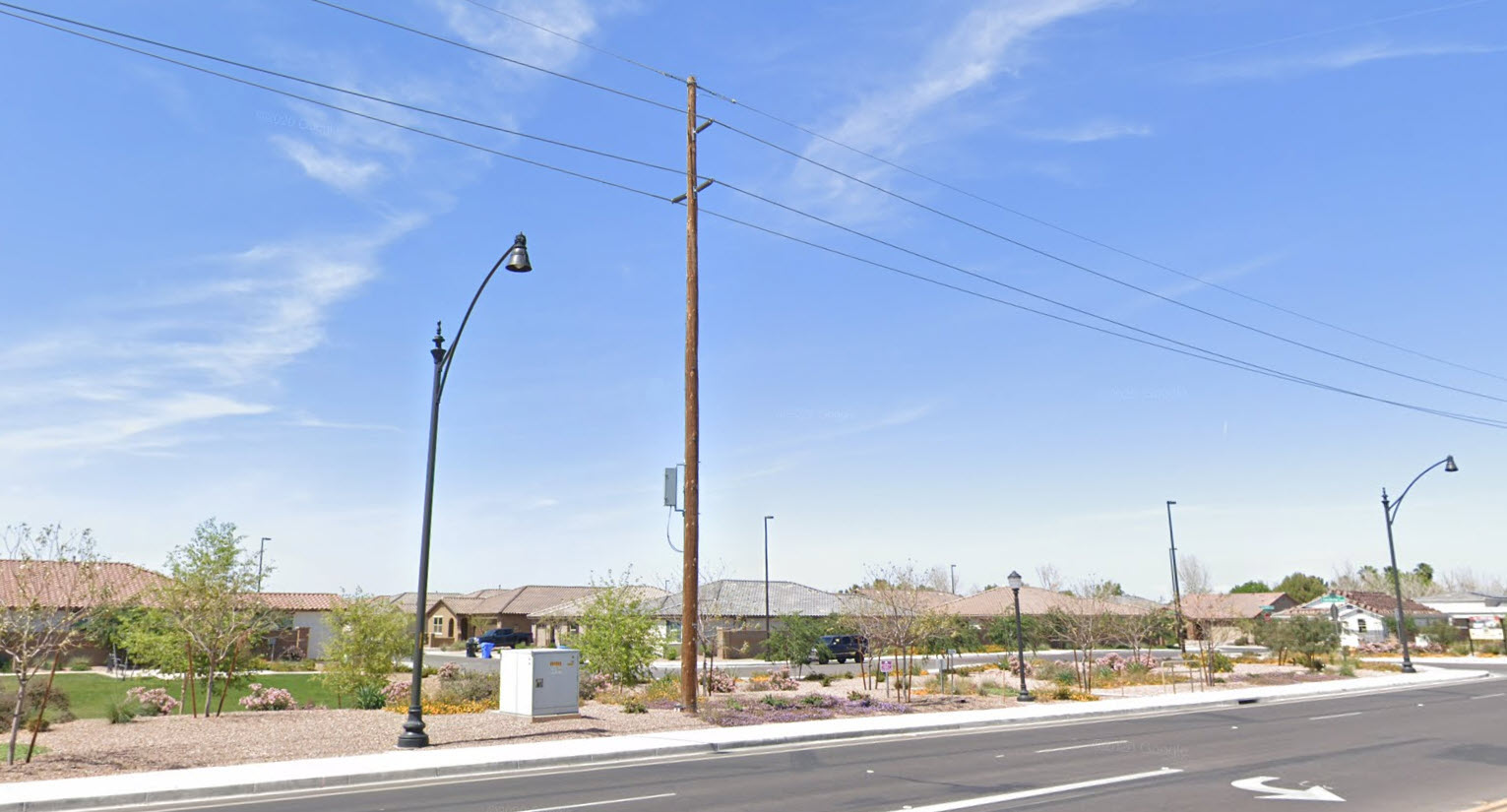
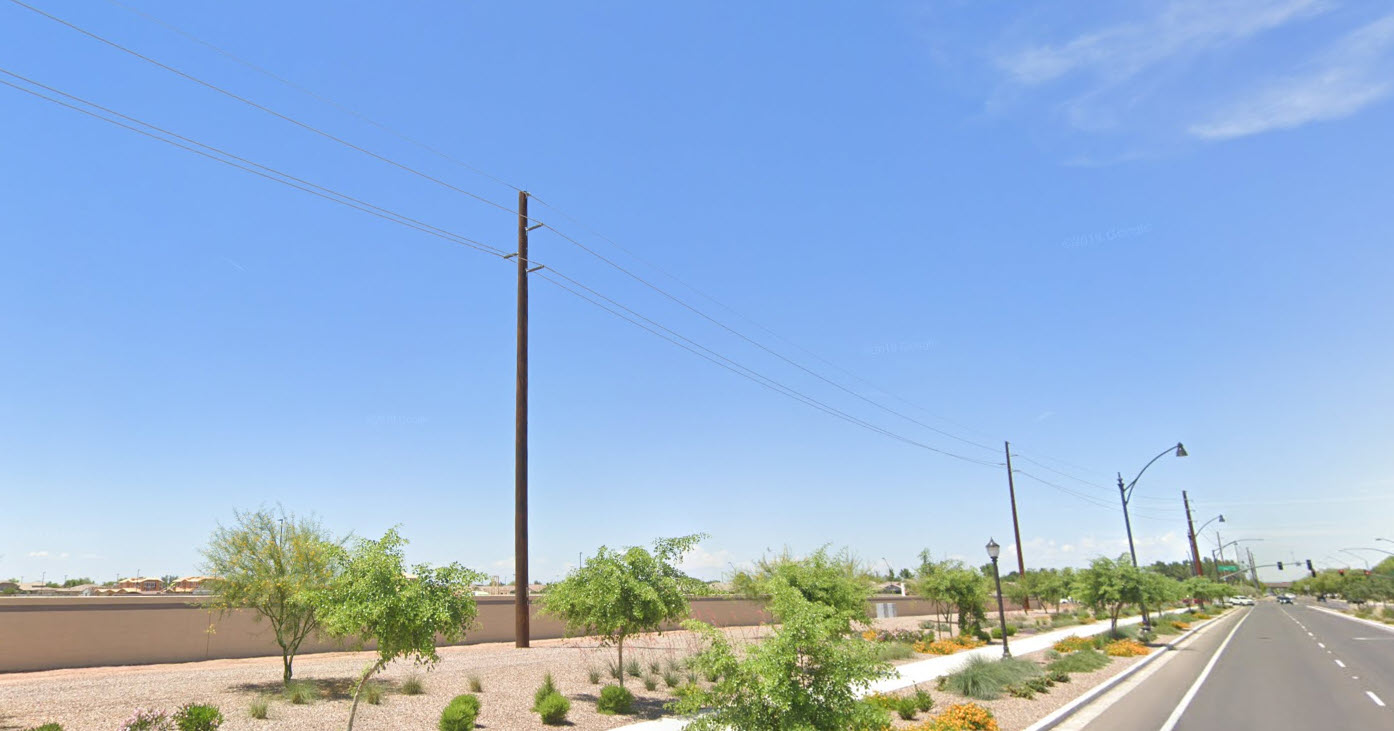
How electricity gets to you
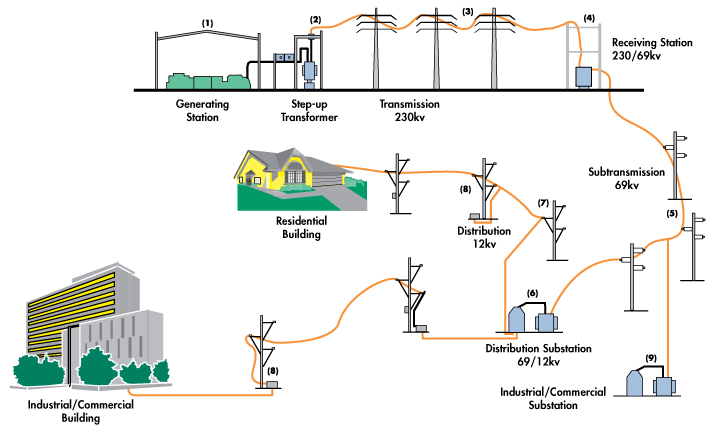
Public outreach
SRP strives to provide our communities with advance notice of infrastructure improvements. Customers and property owners along the route will be notified in advance of construction. At this time, we anticipate construction to commence and complete in the Summer of 2025.
Contact us
If you have questions, please call (602) 236-0308 or email 69kv@srpnet.com.
Frequently asked questions
New development in the area will increase overall load on the system. By increasing the capacity now, SRP can get ahead of potential growth and be ready to respond to outages in a timely manner. This addition will increase overall reliability and decrease overall outage response time.
SRP will construct a 69 kV transmission line between the Honor Switchyard and Pico Substation. The poles will be made of Douglas fir trees or weathered steel allowing the poles to blend in with the local landscape. There will be between 55 and 70 new poles constructed. With the exception of the three freeway crossings required for this project, the poles will typically be between 65 and 75 feet tall and be spaced between 250 and 350 feet apart.
SRP is historically an overhead company and this keeps our rates low for our customers. Additionally, standard construction for power lines is overhead. Developers often bury existing 12 kV distribution lines and build the new electrical infrastructure underground. Those costs are paid for by the developers and are typically $1 million per mile.
SRP does not usually place 69 kV lines underground because of the time and expense involved in burying and maintaining lines of this magnitude. Undergrounding a 69 kV power line costs about $3.5 million per mile per circuit. That’s 10 times the cost of overhead construction. However, future costs for underground 69 kV projects are difficult to predict because of the rapidly rising costs of oil and copper, two key components of the underground wire. Our 69 kV lines traverse neighborhoods across the Valley; burying all of them would be very costly and affect our customers’ electric prices substantially.
In all cases where SRP has located transmission circuits underground, the cost differential was funded by a third party for safety reasons, such as the proximity of a line to an airport.
A substation is a facility that converts a higher voltage of electricity to a lower voltage (or vice versa) by use of one or more power transformers. Similar to a switchyard, a substation also monitors and protects each circuit (including distribution circuits) and provides operational control to ensure the system is safe, reliable and maintainable.
A switchyard is a type of substation facility that connects two or more transmission circuits of the same voltage (therefore no transformers are required). The switchyard monitors and protects each high-voltage circuit and provides operational control to ensure the system is safe, reliable and maintainable.
The costs of this project are included in our rate base which is re-evaluated each time SRP goes through a price process. We do not believe that the cost of this line will have a significant impact on rates.
SRP is a community-based, not-for-profit organization. We make decisions in the best interest of our customers and the communities we serve. We do not have shareholders or pay dividends. Revenues generated through the sale of electricity are reinvested in the company to help keep SRP’s prices among the lowest in the Southwest.
Transmission line audible noise is characterized by crackling low-frequency tones, which are best described as humming sounds. Multiple high-voltage transmission lines currently exist adjacent to the property site. Depending on the exact location, the noise could vary slightly from the noise associated with the existing electric infrastructure.
The line will be designed and then the specific and necessary easements will be identified. The typical easement width for a 69 kV transmission line is between 30 and 40 feet.
There are many variables to consider in the valuation process. Each property is different. An appraiser would have to take into account the criteria of the property (e.g., size, zoning, location, proximity to major arterial streets). In the valuation process, the appraiser would also consider current market conditions of the area and its unique amenities (e.g., quality of schools, available retail shopping, restaurants, parks, other recreational amenities, ease of access via freeways and local streets).
Generally, transmission lines would not be considered as a material factor in the determination of property values. Given the number of variables to evaluate in the appraisal process, it would be inaccurate and misleading to give any specific response regarding the value of any specific property without an appraisal.
